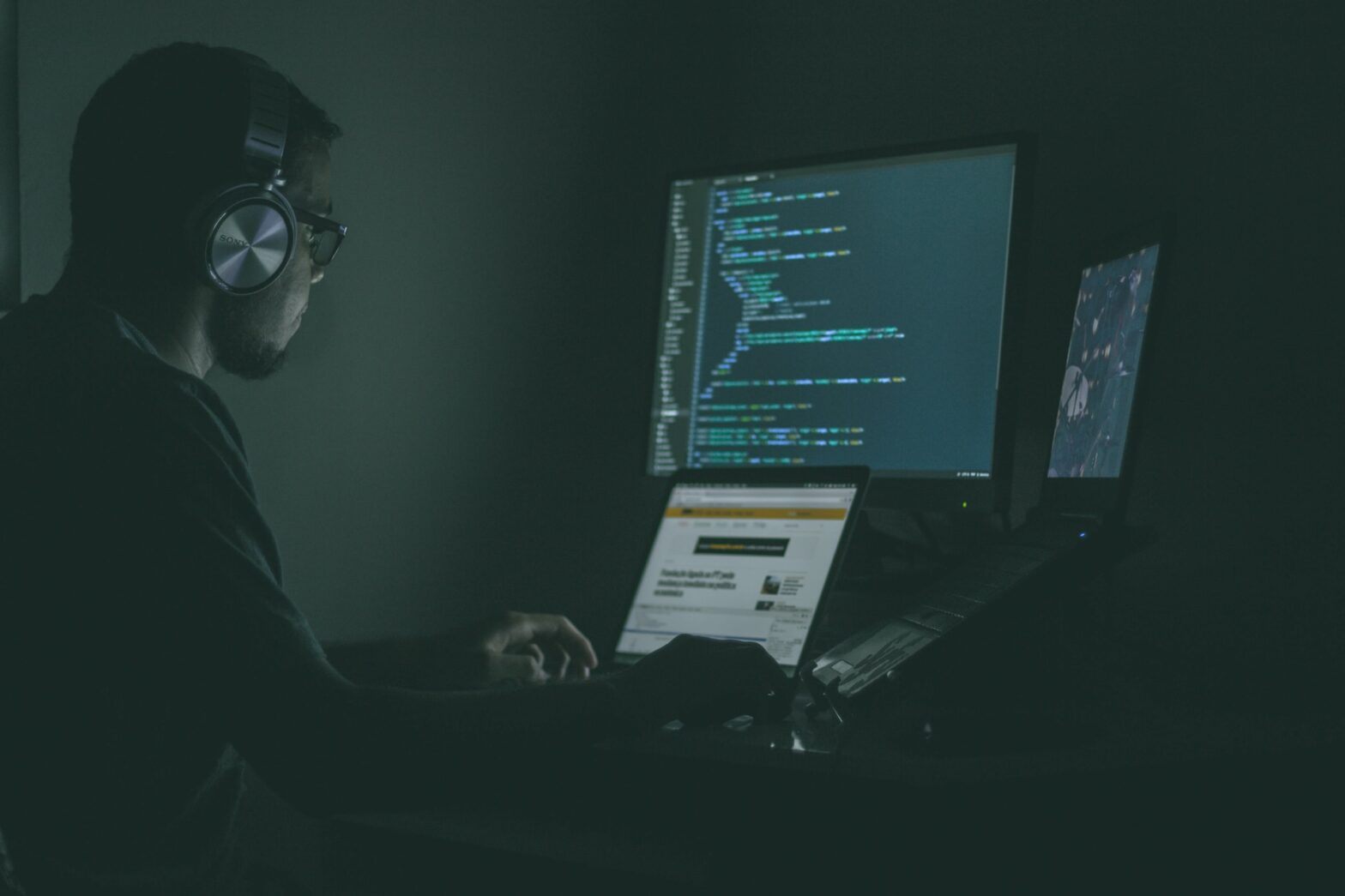Protecting Your Digital Assets: Reliable Methods for Safeguarding Data from the Dark Web

Cybersecurity
August 20, 2023
Today, it is not uncommon to find ads on popular hacking forums that offer customer data up for sale. Recently, a hacker on BreachForum claimed to sell personal information from 487 million users across 80+ countries. A more routine transaction on the dark web is Twitter user data – a commodity that’s being bought and sold so routinely, that it sells for as low as $2 per record.
But it is not just social media records up for grabs on the dark web. In April 2023, hackers published data stolen from the U.S Network Infrastructure giant CommScope. The data included Social Security Numbers and bank account details of thousands of employees. In our previous blogs, we’ve also touched upon how healthcare data is the most prized of them all, causing the healthcare sector to come under repeated and increasingly well-orchestrated attacks.
This blog post examines various tactics to protect your data from being compromised on the dark web:
1. Strengthen Your Passwords
Creating a strong password is crucial in protecting your online accounts from unauthorized access. Using a combination of uppercase and lowercase letters, numbers, and special characters is recommended to create complex passwords that are difficult to decipher. Avoid using easily guessable information such as birthdates or names. Using unique passwords for each online account is also essential to avoid a domino effect if one account is compromised. According to a study, more than 80% of confirmed breaches are related to stolen, weak, or reused passwords.
2. Implement Multi-Factor Authentication (MFA)
Adding multi-factor authentication to your account increases security by requiring two or more forms of identification for access. This includes something you know (like a password), something you have (such as a smartphone or hardware token), and something you are (like biometric verification through fingerprint or facial recognition). If a hacker were to obtain your password, they still wouldn’t be able to access your account without the other authentication factors.
3. Regular Software Updates
It is common for cybercriminals to take advantage of weaknesses in software to infiltrate systems. To prevent this, keeping your operating system, applications, and antivirus software updated with the latest security patches is crucial. This will make it difficult for attackers to exploit any known vulnerabilities.
4. Employ Encryption
To ensure that only authorized parties can decipher sensitive information, it’s necessary to use data encryption. Encryption tools should be utilized for both data at rest and during transmission. Messaging apps that offer end-to-end encryption can prevent eavesdropping and ensure that only intended recipients can read your messages.
5. Secure Your Wi-Fi Network
Did you know that 79% of home Wi-Fi networks have weak passwords that put their security at risk? Having a weak or unsecured Wi-Fi network can make it easy for hackers to gain access. To improve your Wi-Fi network’s security, it is vital to set a strong password and enable WPA3 encryption. This protocol offers a more advanced level of security compared to previous ones. Additionally, it is recommended to avoid using default router passwords and to regularly change them for added protection.
6. Educate Yourself and Your Team
It is essential to understand that cybersecurity is a collective responsibility. Take the time to educate yourself and your staff about the dangers of the dark web, phishing scams, and social engineering techniques. Provide them with the necessary training to identify suspicious emails, links, and attachments. As humans are often the weakest link, fostering a culture of cybersecurity awareness is vital.
7. Regular Data Backups
It’s important to regularly back up your data to ensure that you have a secure copy that can be restored in case of a compromise. Make sure your backups are saved on separate and secure devices or cloud storage platforms that use strong encryption.
8. Use Virtual Private Networks (VPNs)
By using VPNs, your internet traffic is directed through secure servers that hide your IP address and encrypt your online activities. This ensures that your data is protected from anyone who may be eavesdropping on your activities and also enables you to browse the internet anonymously, reducing the risk of being tracked by malicious individuals.
9. Monitor Your Financial Statements
It’s important to closely monitor your financial statements and credit reports for any signs of suspicious activity. The dark web often contains financial data, so keeping an eye on these reports can help you quickly identify unauthorized transactions.
10. Regular Security Audits
Conducting periodic security audits to identify any vulnerabilities or weaknesses in your systems is one of the most critical steps. One way to do this is by hiring ethical hackers or penetration testers to assess your defenses and provide recommendations for improvement. This can help strengthen your security and protect against potential threats.
11. Limit Data Exposure
It’s best to limit the personal information you post online, especially on social media platforms. Access to someone’s entire online identity is worth roughly $1,000 on the dark web. By disclosing less about yourself, it becomes difficult for cybercriminals to create a comprehensive profile that could be utilized for identity theft or focused attacks.
12. Implement Data Loss Prevention (DLP) Solutions
DLP solutions assist in preventing the unauthorized transmission of sensitive data by monitoring and controlling the movement of information within your network. They can detect and obstruct any attempts to share confidential data through various channels.
It is estimated that, worldwide, cybercrimes will cost $10.5 trillion annually by 2025. Protecting your digital data from cybercriminals is crucial, especially with the ongoing threat of the dark web. But there are ways to strengthen your defense. Additionally, staying up-to-date with security education and conducting regular security assessments can significantly decrease the risk of your data ending on the dark web. These measures allow you to maintain digital security in an ever-changing online environment.
